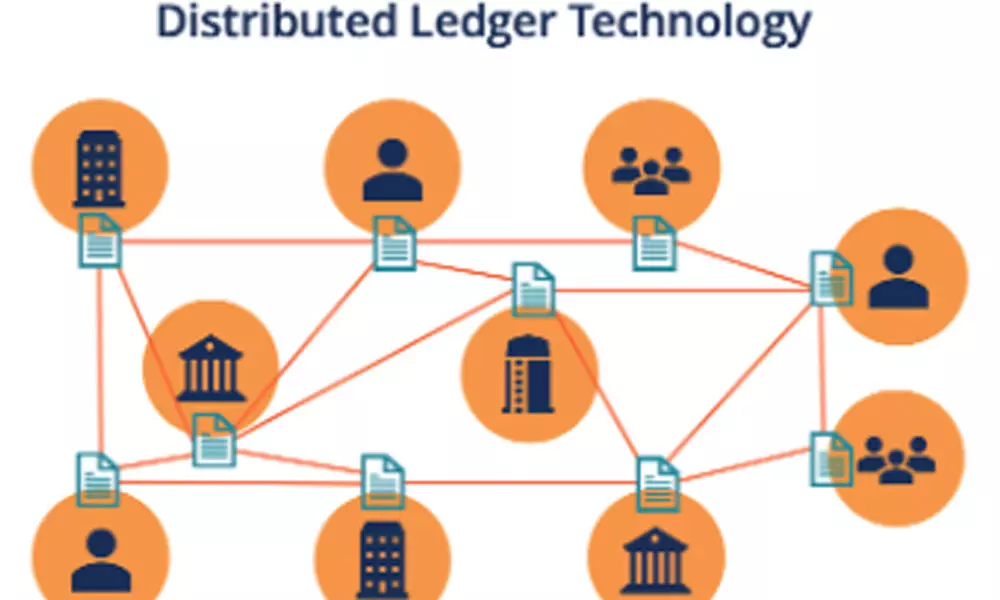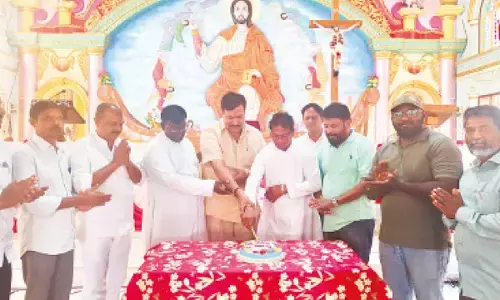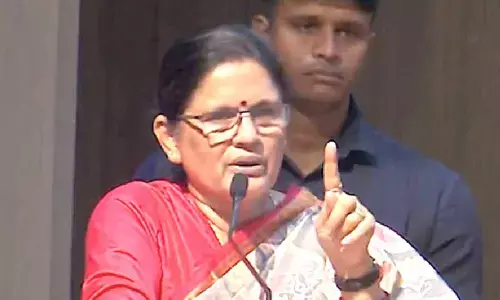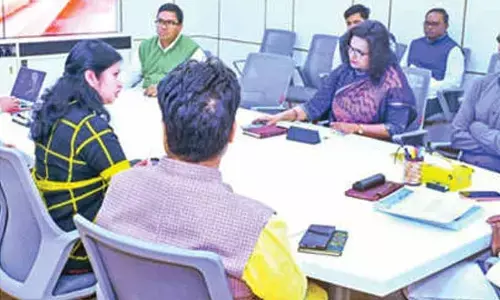DLT can make financial sector resilient, reliable

DLT can make financial sector resilient, reliable
Distributed ledger technology is trustless system, meaning that no participant needs to trust any other participant to guarantee a valid transaction
Can you imagine a one-day international cricket match being played without an umpire? What kind of issues do you think will pop up during the course of the game. Yes, you are exactly right; there would be a fist fight between the bowling team and the batting team each time someone gets out, or one has to decide if a boundary shot is a six or a four.
Whether we like it or not, there is a clear role for a neutral person to play as an intermediary or the middleman in any transaction. You might have come across how fascinating a Bitcoin's virtual/online currency has been running with no intermediary or central banks governing these transactions. The middleman role is played by a system of computer nodes that record the transactions on a digital ledger. The technology of recording these transactions and reconciliation is broadly called the Distributed Ledger Technology.
Distributed Ledger Technology (DLT) allows users to record, share, and synchronise data and transactions across a distributed network consisting of numerous participants. The transactions and other details are simultaneously recorded at numerous places.
How does it actually work
The process is quite easy, really. Nodes will try to verify the transaction with the consensus algorithm or voting. So, sometimes all nodes can participate, in other times, only selected nodes will participate.
Once all nodes give the go signal, the transaction gets a place on the ledger, and all the nodes might receive the updated status.
Although every node on a distributed ledger maintains and updates its own copy of the ledger, it is imperative that each of these ledgers remains identical. Imagine, for instance, that your copy of the ledger reveals that you have Rs 1000 in your bank account, while the cashier's ledger holds that you only have Rs 10. This discrepancy would make it very difficult, if not impossible, to even buy a coffee. To keep the distributed ledger consistent, DLTs must have a consensus or a method of ensuring that all copies of the ledger agree.
There are many different consensus algorithms on the market, each with different advantages. Perhaps the most intuitive algorithm is a simple vote. Then, each node sends this information to every other node. The nodes then calculate the majority vote, and they all update their ledgers according to this democratic consensus.
Many other consensus algorithms have been developed to better suit the need for large, efficient, and reliable peer-to-peer networks.
DLTs are trustless systems, meaning that no participant needs to trust any other participant to guarantee a valid transaction.
Accessibility
DLTs allow businesses and individuals to carry out transactions freely, without relying upon or trusting any other individual. Public DLTs take this further by issuing no restrictions on transactions or participation; no one can be denied from the platform, and no priority transactions take place.
Tamper-proof
Traditional central ledgers may provide fast and simple record-keeping, but they are vulnerable to corruption and hacking. Because only one central entity controls the ledger, a corrupt central agent can tamper with the records without the consent or knowledge of the affected members.
Distributed ledgers, however, are inherently resistant to tampering.
Immutability
Some distributed ledgers take security beyond tamper-proof by establishing immutability, preventing any participants from changing selected records for any reason. These immutable DLTs can only view the ledger and carry out new transactions but cannot make any changes.
Where are distributed ledger technologies useful
Distributed ledger technology can make the finance sector more resilient, efficient, and reliable. The distributed ledger technology can also be applied to various other industries, such as government systems, clean energy, and manufacturing, and can help to improve the prevalent processes. Distributed ledger technology removes the requirement of a central authority; hence, it can increase the speed of transactions and reduce transaction costs.
DLTs or Distributed Ledgers have been quite prevalent in the area of cryptocurrencies, such as Bitcoin, Dogecoin and others. The canvas is wide open to innovators, entrepreneurs and public officials to utilise this incredible technology to make systems efficient and trustless at the least.
(The author is Chairman and CEO of Hyderabad-based Brighton Group)













